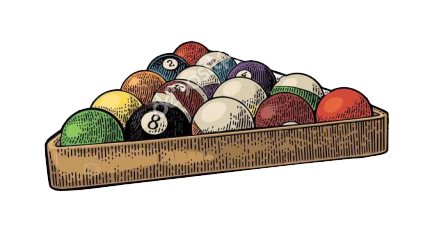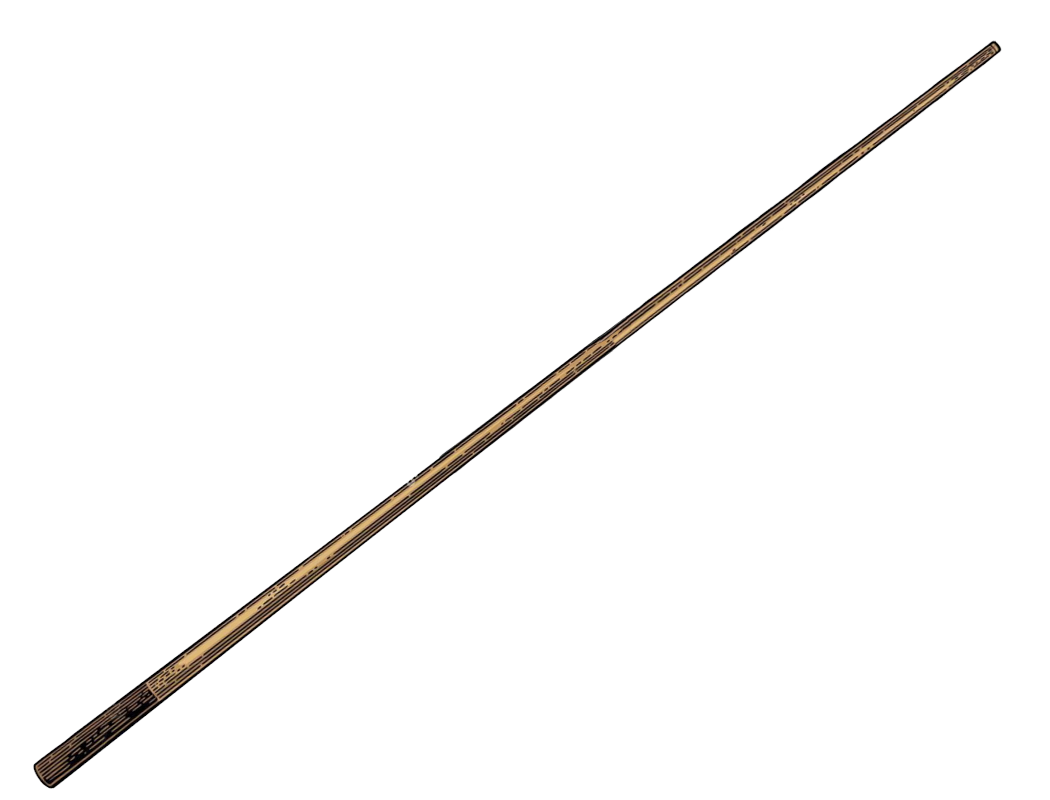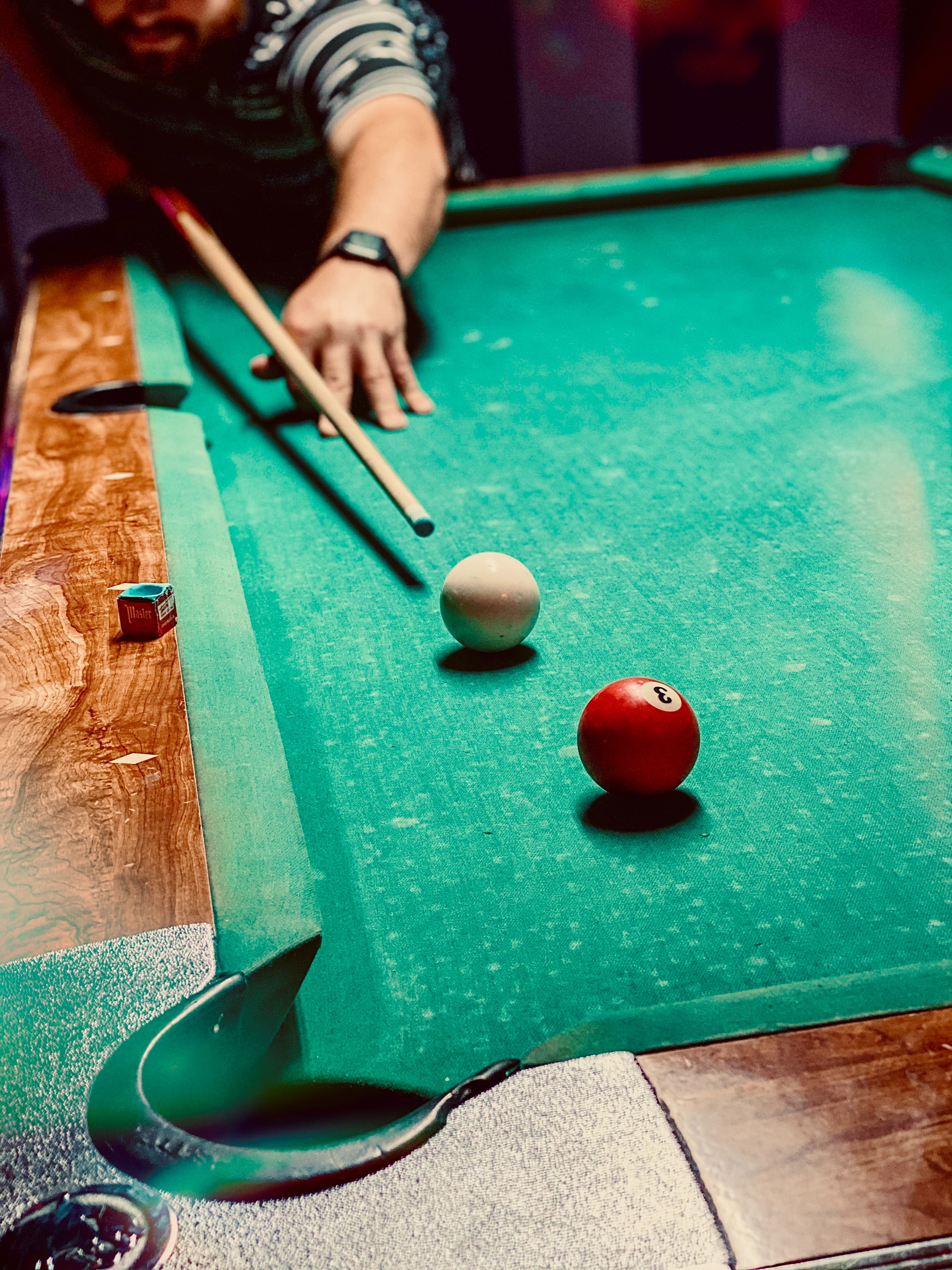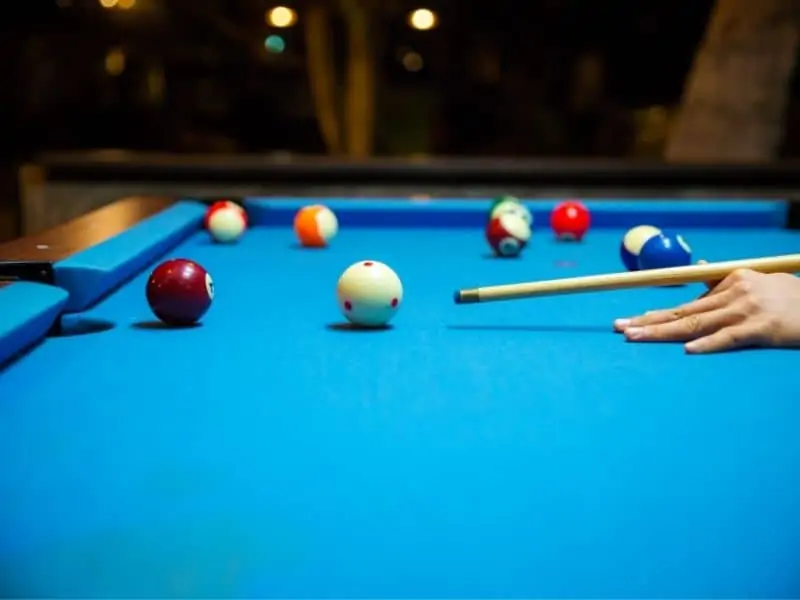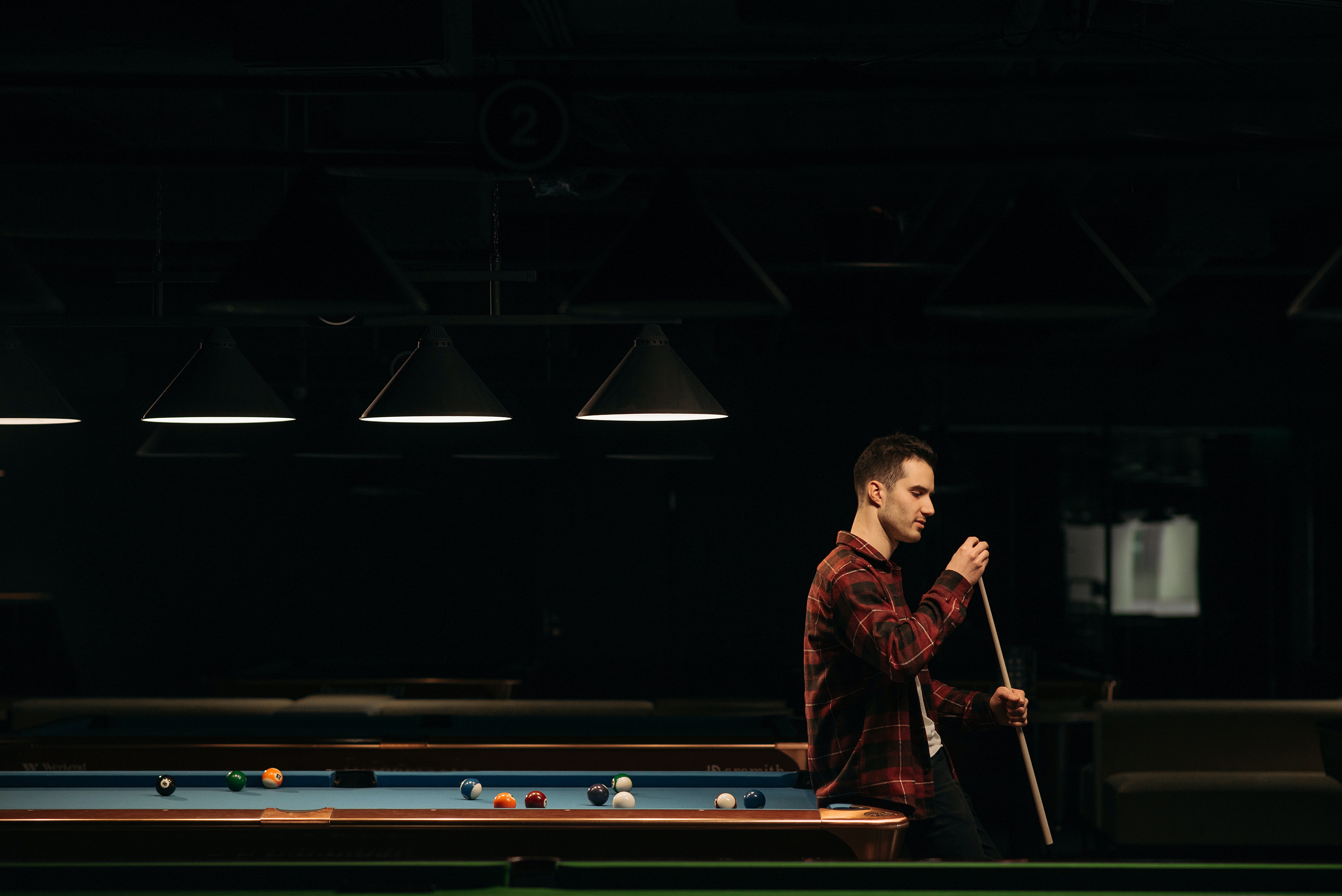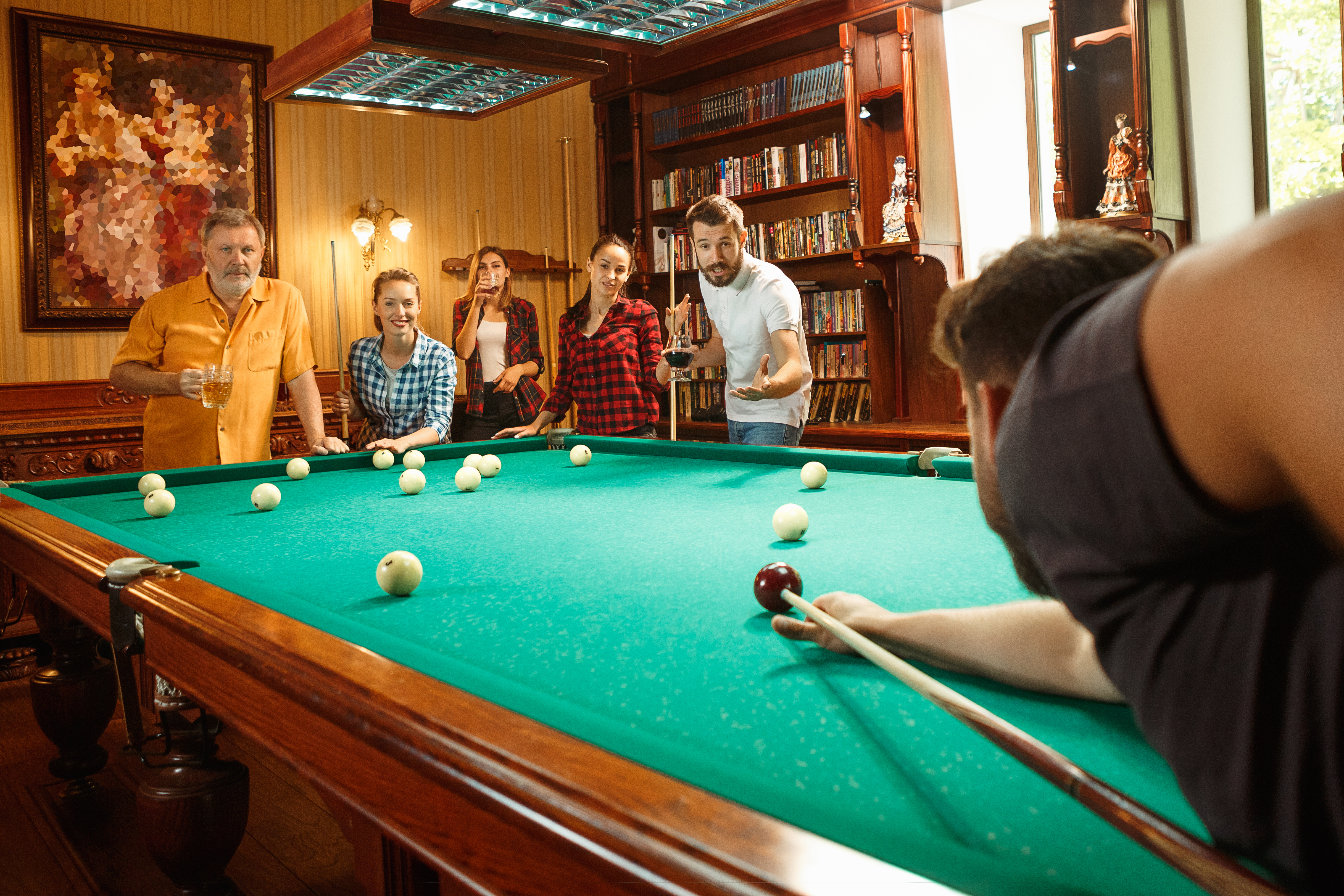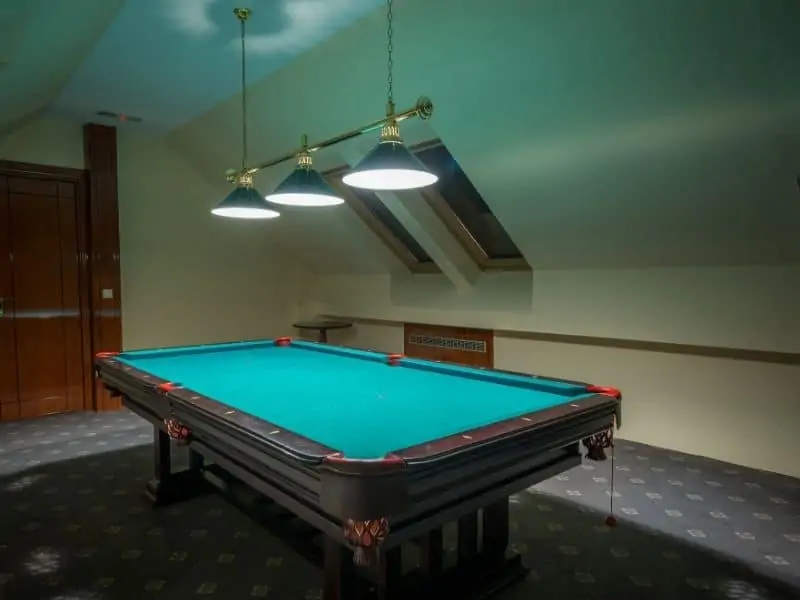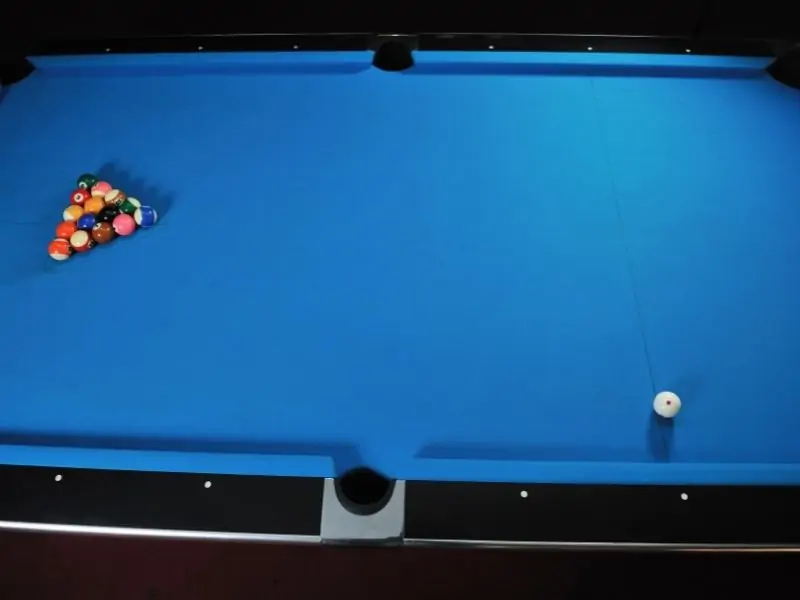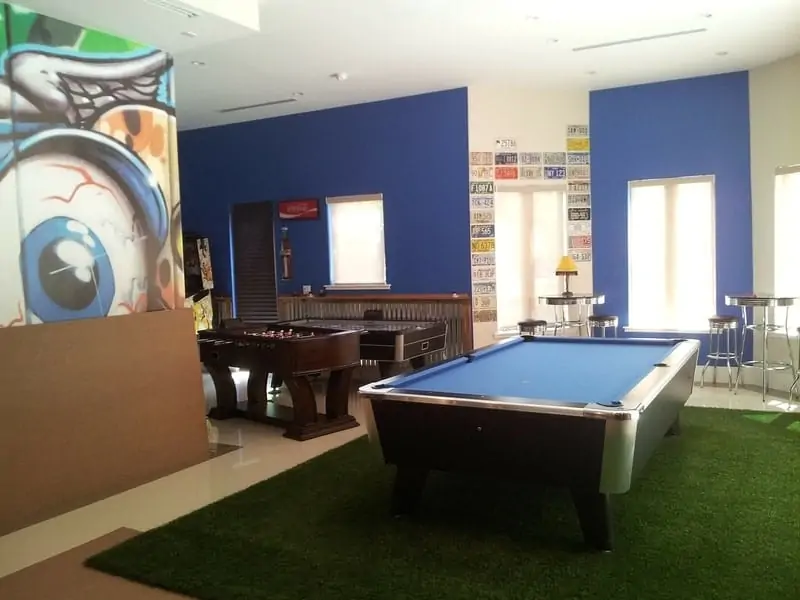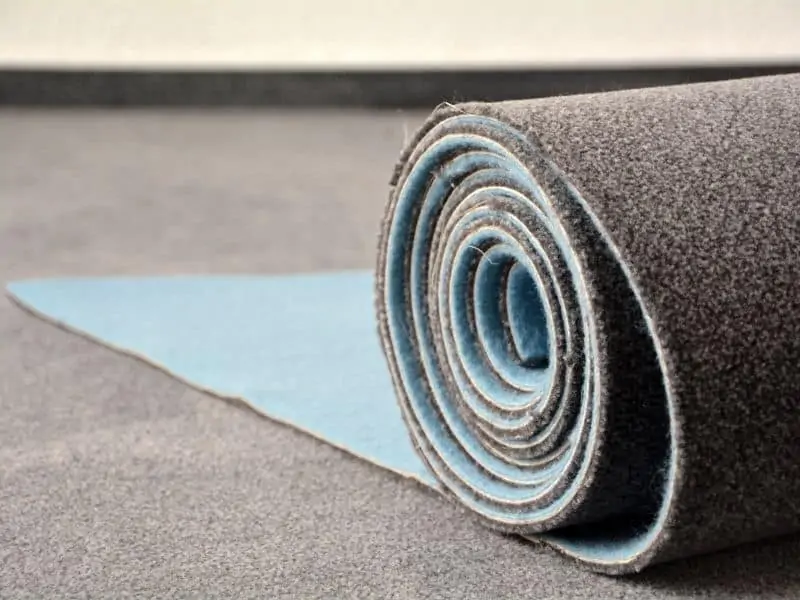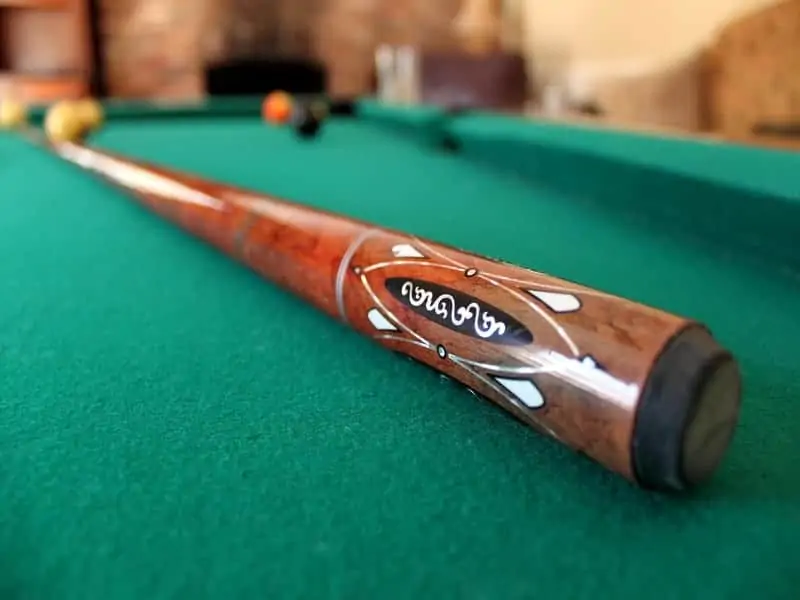
For most new players, choosing a proper length cue isn’t high on the to do list. Most often we just want to shoot some pool and have a good time. But shooting with a cue that isn’t right for your height can negatively affect your game. And if you’re looking to progress your skills as a player, then finding out which cue length is right for you is a must.
Pool cues come in a variety of different lengths but the industry standard is 58”. For the majority of players a 58” cue is perfect. However, players that are above or below average height may find that a different length cue works best.
Other common pool cue lengths are 48” and 52”. Jump cues on the other hand are typically around 40” while shorty cues can be as short as 24” and are great for children or when playing in tight spaces.
As mentioned earlier, playing with a cue that isn’t the right length for you can negatively impact your game. The problem is that a lot of new players don’t know which length is right for them. There are a lot of factors to consider when buying your own cue but length is one that shouldn’t be overlooked.
So how do you know which length cue is best for you? Lets look into that now.
How To Choose A Proper Length Cue
Unfortunately there is no scientific way to determine which cue length is best for every individual. Most of the time, deciding on cue length comes down to height, arm length, and personal preference.
For taller players such as myself (6’1”), a 58” cue works just fine. But let’s say you’re 7ft tall with really long arms, or below average height with shorter arms. Chances are a 58” cue wont feel like a good fit for you.
The only way to determine which cue length is best for you is to play with a few cues of various lengths before you buy one. But if you’re not sure where to start, take a look at the pool cue size chart below to see which cue length is recommended for your height.
Author’s Note:
This pool cue size chart is not exact and should only serve as a starting point for selecting a proper length cue.
| Height | Cue Length |
|---|---|
| Under 4’ | 36” – 42” |
| 4’ – 4’11” | 48” |
| 5’ – 5’8” | 52” |
| 5’8” – 6’4” | 58” |
| Above 6’4” | 62” or custom cue |
Recommendations For Taller Players
If you’re over 6’4” a longer cue is probably going to feel better to you. But unfortunately there aren’t many options when it comes to cues over 58” long.
One option you do have is anextension. An extension simply screws into or slides over the butt end of your cue, depending on which model you buy, and provides you with 3”-12” of extended grip.
Other extensions are positioned between the butt and the shaft. Either style works the same and would be a great alternative to shelling out a ton of cash to have a custom made cue.
One of the best ones I have come across is the12″ cue extension by VGEBY(Amazon). This one simply slides onto the butt end of your cue, making it quick and easy to get on and off. It’s also made of aluminum so its super strong but also lightweight. If you’re interested in checking it out, click the link above or the pic below to check it out on Amazon.
If you cant afford to buy a custom cue but don’t like the idea of an extension, you can always check out the Elite Extra Long Cue (Amazon). It’s 62” long with a 31” shaft and 31” butt. The shaft is made from hard rock maple and the entire cue weighs in at 19oz. It also comes with a case so you can travel with it without worrying about it getting damaged.
Recommendations for Shorter Players
If you are under 5’8” then chances are a 58” cue may be a little on the long side. Fortunately for you, its easy to find cues under 58” long. 52” and 48” cues are common and cues under that length aren’t hard to come by either.
If you’ve tried playing with a 48” cue and feel that its still too long, you can always look into shorty cues. Shorty cues, as mentioned earlier, come in various lengths, the shortest being 24” long. These cues are great for people below average height, for children, or for playing in tight spaces. They come in 1-piece and 2-piece construction depending on what you prefer and are relatively inexpensive.
If you’re still not sure which cue length to try, you can always buy a pack of shorty cues. This pack by Aska comes with four different cues ranging in length from 36” to 52”.
This is a great way to get a feel for which cue length is right for you before you drop a ton of cash on a high quality cue.
Understanding the Importance of Cue Balance and Weight
In addition to the length of a pool cue, it’s essential to consider the balance and weight of the cue, which play significant roles in your playing experience. These factors are just as crucial as cue length and are intimately related to a player’s height, arm strength, and playing style.
Cue Balance
A well-balanced cue helps in maintaining a smooth and steady stroke, which is key for accurate shots. There are typically three types of balance points in cues:
Front-Balanced Cues: These cues have more weight towards the tip and are usually preferred by players who like to feel the shot through the tip of the cue. This type of balance helps in generating more spin but might require a more controlled stroke.
Rear-Balanced Cues: These cues have more weight towards the butt and are generally easier to control. They are suitable for players who like a lighter feel in the front hand and generally prefer shooting with more power.
Evenly Balanced Cues: As the name suggests, these cues have an equal distribution of weight throughout. They offer a middle ground between control and feel, making them a great option for players of all skill levels.
Cue Weight
The weight of a pool cue generally ranges from 18 to 21 ounces. The choice of weight is mostly about personal comfort, but it also affects the player’s ability to control shots. Here’s a general guideline based on playing style:
18-19 ounces: Lighter cues are easier to handle and are generally preferred by beginners and players with a more finesse-oriented style. They are great for precise, spin-heavy shots but might lack in power.
20-21 ounces: Heavier cues require more control but provide more power behind shots, which is great for breaking balls or for players with a more forceful play style.
Custom Weight: Some advanced players prefer a specific weight that falls outside the normal range. Custom cues can be made to satisfy these specific preferences.
Matching Height, Balance, and Weight
For taller players (above 6’4”), a longer cue (62” or custom length) with a rear or evenly balanced point and a weight of 20-21 ounces might be ideal due to the extra reach and power it provides.
For average height players (5’8” to 6’4”), a standard 58” cue with an evenly balanced point and a weight of 19-20 ounces often works well.
For shorter players (under 5’8”), a 48” to 52” cue with a front or evenly balanced point and a weight of 18-19 ounces might be more comfortable and easier to handle.
Testing is Key
Just like the cue length, the best way to find the perfect balance and weight is to test different cues. Visit a local billiards supply shop where you can feel the difference between various cues and practice with them before making a decision.
Conclusion
Choosing a pool cue is a personal decision, and while height is an important factor, the balance and weight of the cue are also pivotal. It’s worth spending time with different types of cues to discover what feels most natural and enhances your performance on the table.
By paying attention to these factors in addition to cue length, you’re more likely to find a cue that becomes a natural extension of your arm, allowing you to play your best game every time.
If you need more info on buying your first cue, check out How Much Does a Pool Cue Cost.
Other Articles You May Be Interested In:
Best Pool Cues for the Money: Discover the top pool cues that offer great value without breaking the bank.
Pool Table in the Garage? Here’s What You Need to Know: Understand the essential considerations for setting up a pool table in your garage.
Break Cue vs Playing Cue: What’s the Difference?: Learn the key differences between break cues and playing cues to enhance your game.
How Much Does a Good Pool Cue Cost?: Explore the factors that determine the cost of a high-quality pool cue.
Are Mini Pool Tables Worth It? A Complete Guide: Read our comprehensive guide on mini pool tables and decide if they’re the right fit for you.
